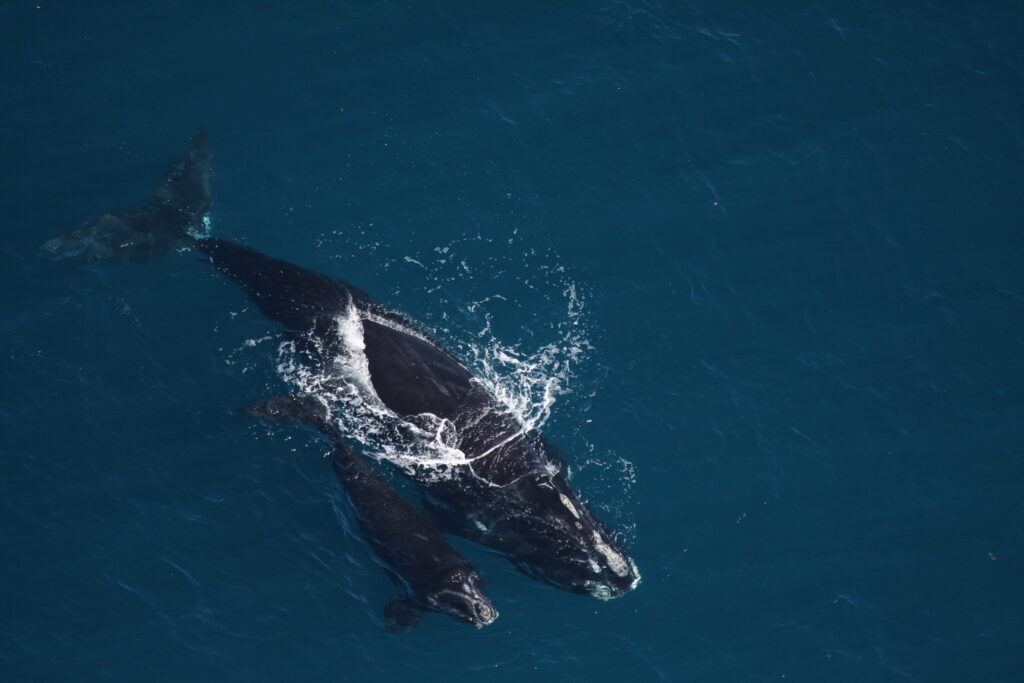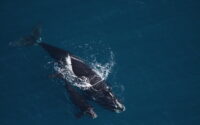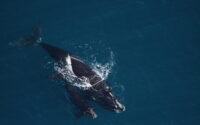Journalists V. Scientists: How Interviewing can Bridge the Divide
By Wilson Schultz
The divide between journalists and scientists is deep, the two sides of communicating information don’t see eye to eye, and usually it is because of communication differences that lead to challenges within good writing. Scientific writing is a particular challenge within the field of journalism and good scientific writing is hard to come by. In chapter 5 of Bob Wyss’ Covering The Environment as well as Nadia Drake’s Storygram Ed Yong’s “North Atlantic Right Whales Are Dying in Horrific Ways” they describe the facets of good scientific journalism and how to successfully carry them out.
The disconnect between scientists and journalists usually comes from the interview itself. If a journalist is not precise and candid with a scientist that is being interviewed, miscommunication is bound to happen. Wyss states that “building trust is paramount” within interviews, especially with scientists, and that journalists must go into an interview with clear intentions that are relayed to the scientist being interviewed (Wyss pg. 73, 2019). This will allow for further clarification on issues that get written about, which is especially important when “science journal articles. . .are not reviewed by the news source prior to publication” (Wyss pg. 73, 2019).
Within the Drake’s Storygram, a “story diagram”, she annotates Ed Yong’s article on right whales for the reader and points out what makes it an exceptionally written scientific journalism. The first thing I noticed within the annotations was the difference between scientific writing and science journalism. Ed Yong, as a journalist, needs to bring in emotions to draw in readers. He starts his work with an emotional anecdote about a whale named Punctuation that died, drawing in the reader before even introducing why they should care. Yong does this before going into why this was happening to get the readers attention. While scientists might specifically share the facts of what is happening, Yong reaches beyond this for the reader with his ethos created by anecdotes and emotional writing to make these whales “more than mere statistics” (Drake 2019). Yong even states that this is one of the biggest challenges in his piece “How do you get a reader to give a shit?” (Drake 2019).

Florida Fish and Wildlife Conservation Commission, taken under NOAA research permit #15488
Later in the article, when Yong brings in quotes from the scientists, he does so by stating their opinions on the matter so the reader can see how the scientists interpret this issue. His style of interview lets the scientists express findings not through simply statistics, but in a way that the average reader can relate to. Drake annotates this as good journalism because an opinion is something Yong could have shared without the quote, but it “carries more weight coming from Sharp [the scientist]” (Drake 2019). Yong includes these quotes to end the article, once again giving more credit to the scientists’ prescriptions in a way the reader can relate to.
Journalists and scientists share the same goal: inform the public. Without the communication between the two groups, this would be an even harder undertaking from either side. By practicing good scientific journalism and interview practices, journalists can take the required step to forming a tighter-knit bond with the scientists that are so critical to our knowledge and writing.
Sources:
Wyss, B. (2019). Chapter 5 “interviewing Scientists”. In Covering the environment: How journalists work the green beat (2nd ed., pp. 64–78). essay, Routledge.

